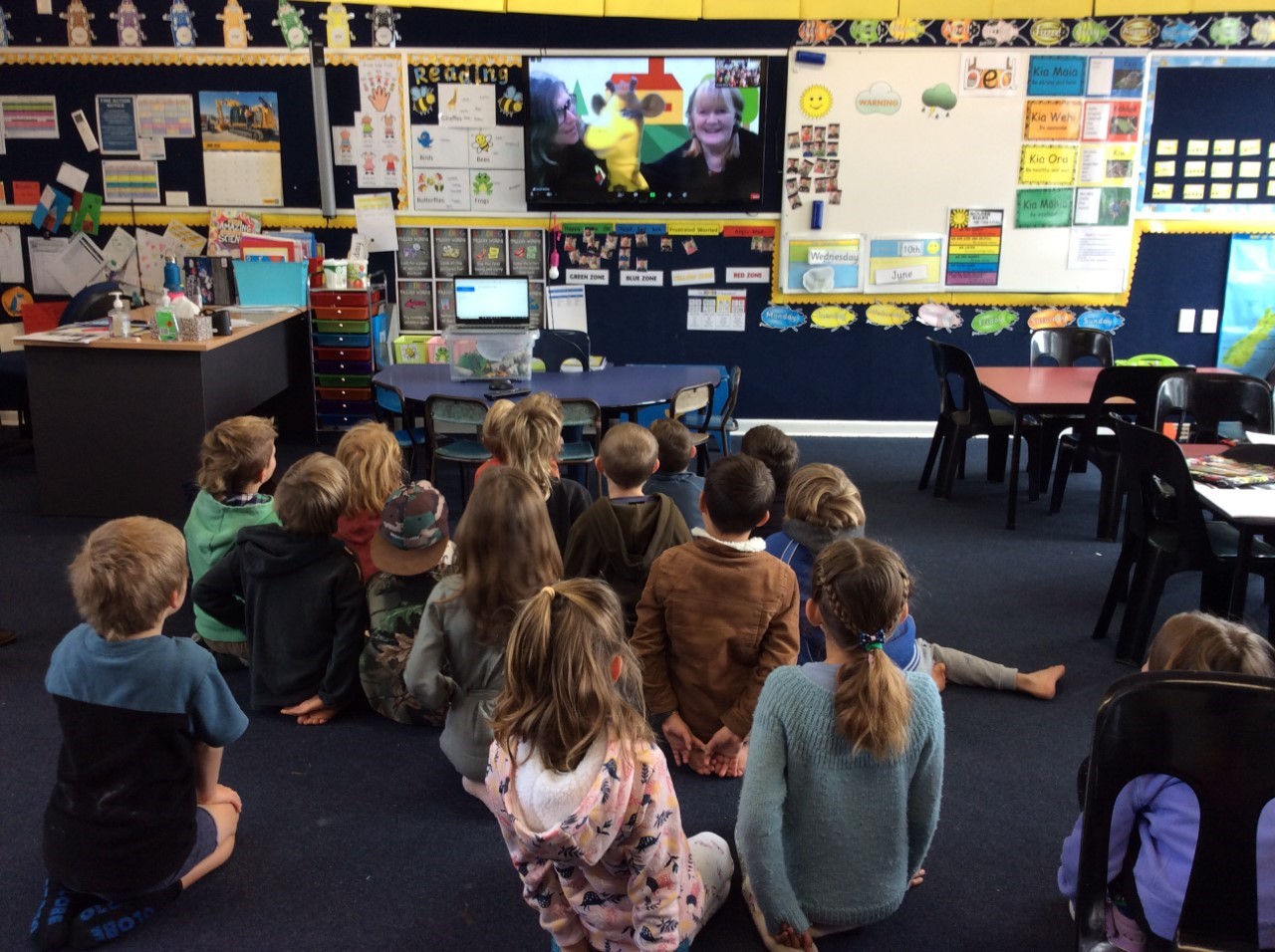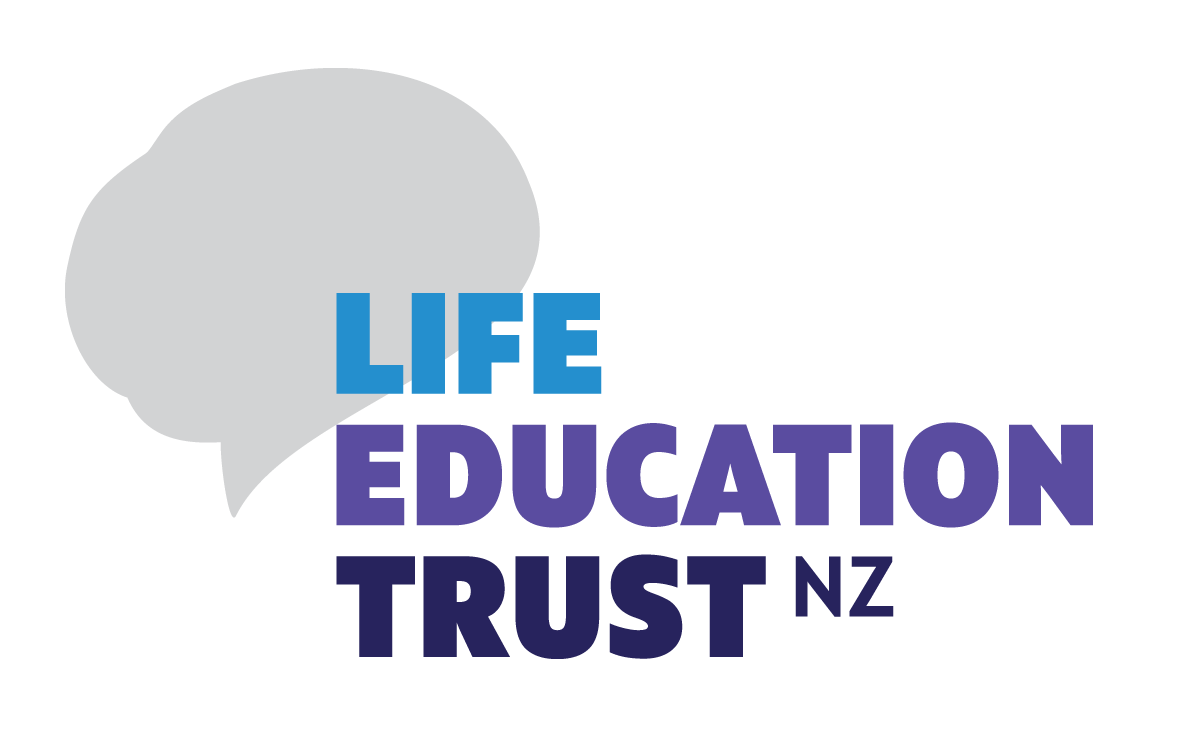Lessons from lockdown
| As Omicron ripples through our communities and many need to stay home, educators may need to reprise their online teaching skills. Fortunately, we all learned a lot from lockdowns, and we’re pleased to share some fresh ideas for being effective in a virtual classroom. |  |
Five educators shared what they have learned about online delivery at our recent conference. Their many tips offer smart ways to keep lessons enjoyable and engaging.
Do the best with your personal setup
Cindy shares a home office with her husband and juggles lessons with helping her own kids and their online schooling. She says making the most of your own situation is essential.
“My bubble consisted of my husband, who was still working full-time online. We were both sharing an office. It was trickier to have online lessons or even pre-record lessons for schools because of sharing an office with someone who was constantly on phone calls or Zoom meetings themselves.
“To top that off, I also have two kids, primary-aged, that I was trying to homeschool. I was dealing with their need to have me there the majority of the time; otherwise, they wouldn't be doing homeschooling!”
Live sessions help with participation
After researching and trying both pre-recorded lectures and live sessions, Cindy believes that live sessions work best for her. She found they allow children to engage with the discussions better.
“With my first attempt at a pre-recorded session, I took away some learnings. Using a selfie stick is not so great. The other learning was making sure that you're actually looking into the lens of the camera or the recording device. There’s less engagement from your audience if you're not looking directly at them.
“The local teacher feedback was that they felt that the students would be way more engaged with having live lessons face-to-face. Then, children can still add in their little bits of information or their little stories. It makes them feel more a part of the session as opposed to just watching something that was recorded.
“The live online learning was more successful, and you could have that instant feedback and see whether the kids were engaged at what you were talking about and teaching.”
Pre-record brings shared benefits
In contrast, Jenni made use of pre-recorded sessions of Life Education material.
“We started recording on Zoom, uploading it to OneDrive and putting an end date on it. So, when you send it through to schools, they can have it for a period of time.
This approach has meant that Jenni could ensure content remains relevant.
"Initially, we started off with a pilot with a couple of our schools and getting feedback from them – from the national service centre, from our trust, from friends.
Jenni also shares similar sentiments with Cindy that the environment plays an important part when recording sessions.
“Like Cindy said, there are factors at home. I had a teenage boy at home who kept coming in through the door reporting that he was hungry, even though the big sign said ‘filming, do not come in’! Twenty minutes into filming, and you get that; okay, start again!”
Mix it up to keep it fun
For Carleen, using different presentation types and activities made for more engaging lessons as the students could participate better. The teachers, in turn, could also assess the students’ understanding of the lessons through the check-up activities.
“When I came to the realisation that my presence wasn't felt enough, I started using a green screen and a digital background. That way, I felt I was able to actually interact with what I was talking about a lot more easily.
“We were able to use breakout rooms and send students off to do group work. Then we would come back and be able to look over their answers. It was just one way to get that interactivity going.”
Collaboration is key
The sudden shift to online classes is less daunting when we help each other. Nicky and Sarah emphasised the positive impact of collaboration.
“We utilised this time to reach out to schools in our role that we would have missed out on face-to-face for a visit. It was our way of showing some normality to our tamariki and staying connected with schools; this has proven to be worthwhile.
“Our first outreach was a very short video just to let teachers know that we were thinking of them and confirming that we weren't going to be visiting them.
“It was so much easier for us to do it together even when we were physically separated. That opens up for us as educators to sort of have some ad hoc collaborations and partnerships even if we're remote.
They also highly recommend tools that are available online which make collaboration easier and more streamlined.
Nicky and Sarah believe that with continuous efforts to connect with each other, educators will be better equipped. All of the Life Education team is pursuing finding more effective ways of fulfilling their goal of teaching children in the best way possible.
Teaching online does bring challenges with differences in home setups, difficulties in technology, and a lack of a defined online teaching methodology. However, we can overcome these when we keep working together. By sharing the insights within and beyond Life Education, we'll keep making sure that our tamariki have the best chance to learn whatever situation we face together.
